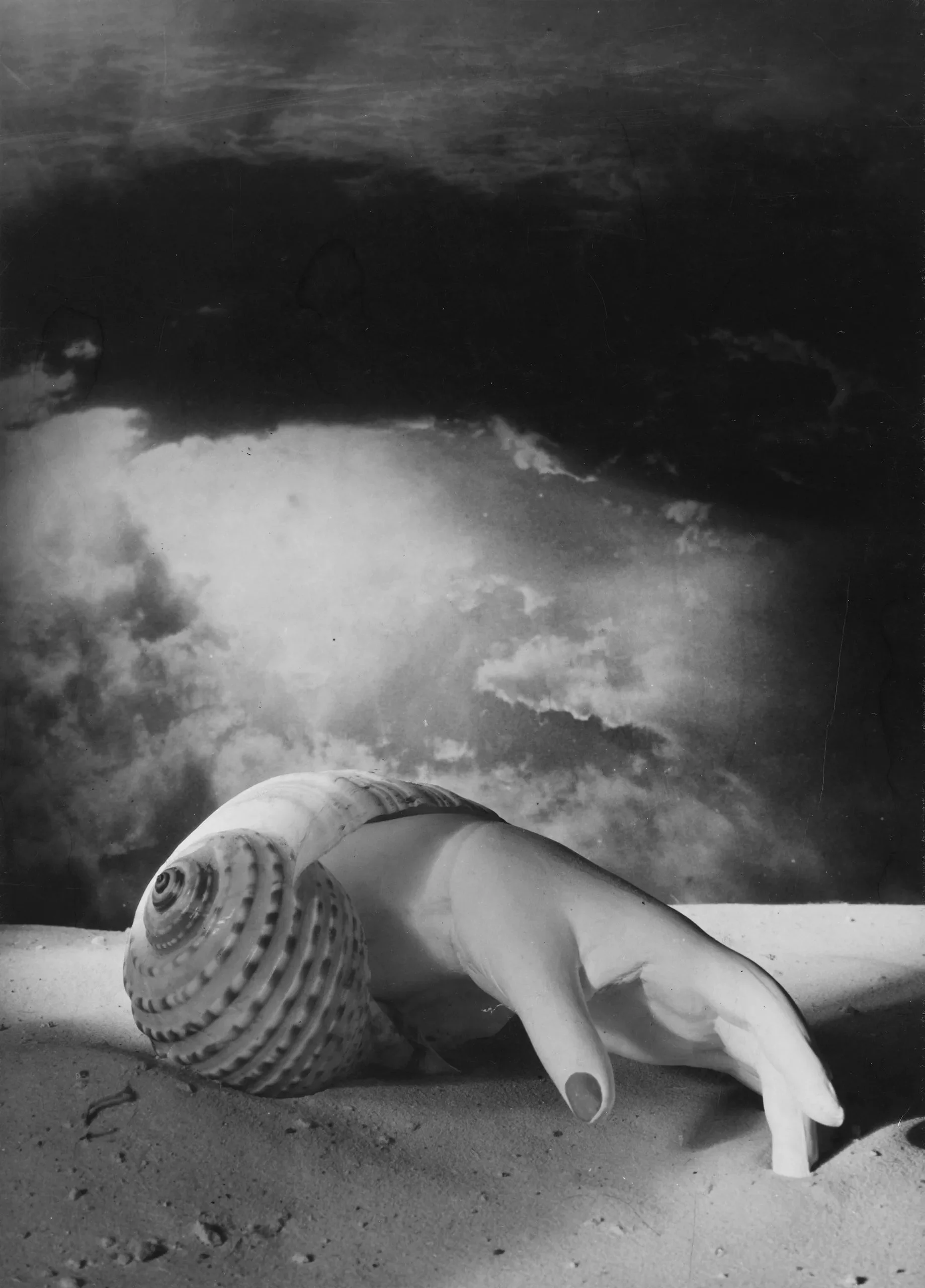ARTIST: Dora Maar made real the unreal
More than muse.
Words: Lila Theodoros
History labels Dora Maar (1907–1997) as ‘one of many’ of Pablo Picasso’s lovers, but she was so much more than just a muse. A prolific photographic artist and political activist long before she met Picasso, Maar combined skilled darkroom techniques with the freedom of imagination. Her photomontages force the observer to submerge into the realms of the unconscious mind to find meaning. A brilliant woman lost in the shadows of the patriarchy.
Dora Maar was a French photographer whose work was that of documentarian, creative professional and surrealist. Beginning her career as a commercial photographer she would go on to evolve her techniques and subject, ultimately resulting in the creation of incredible Surrealist work. During the 30s, in pre-war Europe, she was involved in many Surrealist groups and often participated in demonstrations, convocations and cafe conversations. Her relationship with Pablo Picasso influenced her to paint but it is her earlier work as a surrealist photographer that truly shows us her unique capacity for conceptual creation. Maar’s Surrealist photos show the full range of her genius. Combining skilled darkroom techniques with the freedom of imagination, Maar explored the creation of false realities that Surrealism allowed its practitioners.
To remove the evidence of the handmade, her photo collages are brilliantly re-photographed. This gives her work a smooth, distanced surface, offering a scene that could be perceived as reality. Her work was brilliant in both technique and concept.
“My relations with the rest of the world for the rest of my life do not depend on the fact that I was once acquainted with Picasso.”
— Dora Maar
‘Untitled’ (Hand-Shell)
by Dora Maar
Gelatin silver print — 1934.
Created in 1934, it is one of her early photomontages and shows the technical skills she possessed as well as her strong capacity for conceptualising within a surrealist realm.
Within this piece, we can see a woman’s hand emerging from a conch shell on a beach with a dramatic sky in the background. Julie L’Enfant (1997) describes the image as “a kind of surreal Birth of Venus” and assumes that the red fingernails, Maar’s hallmark, might suggest that the image is self-referential.
With her photomontages, Maar was able to set the questions which forced the observer to submerge in the realms of the unconscious mind to find the answer. She was bold and adept in exploring the surrealist agenda, and this piece reinforces her genius.
‘Untitled’ (Hand-Shell)
by Dora Maar
Gelatin silver print — 1934.
© Estate of Dora Maar / DACS 2019, All Rights Reserved.
Le-simulateur (The Pretender)
by Dora Maar
Gelatin silver print — 1936
One of Maar’s most evoking reshot photo-collages, Le Simulateur (The Pretender), created in 1935 is a peice that shows her continued exploration and understanding of Surrealist imagery. To make it, she combined one of her Barcelona street photos, featuring a young boy bent sharply backward, seemingly walking up a wall, with an old photographic print of the Palace of Versailles. For the manipulated photograph Maar pulls out the figure and places his feet on the ground in the claustrophobic stone hallway. The mood evoked is one of barely contained hysteria. “Hysteria” is no longer used as a term for a specific psychiatric condition, but the Surrealists were especially fond of the concept – seeing it as a useful tool (rather like automatism or dreaming) and a portal to another state of reality. Hysteria was, for them, something to be cultivated rather than cured. Maar’s creation was an important layer in the visual development of the Surrealist movement.
Le-simulateur (The Pretender)
by Dora Maar
Gelatin silver print — 1936



